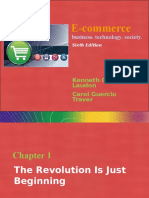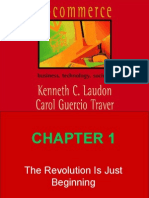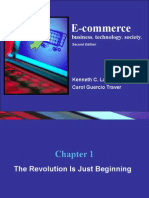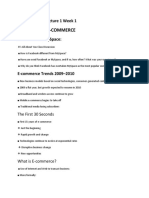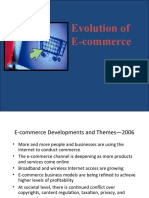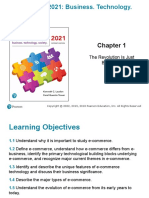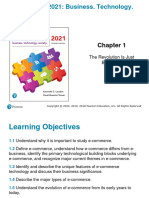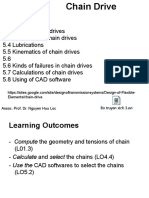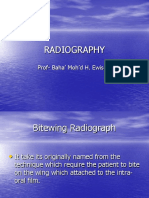0% found this document useful (0 votes)
52 views24 pagesChapter 1 The Revolution Is Just Beginning
Uploaded by
Othman MuhamedCopyright
© © All Rights Reserved
We take content rights seriously. If you suspect this is your content, claim it here.
Available Formats
Download as PPT, PDF, TXT or read online on Scribd
0% found this document useful (0 votes)
52 views24 pagesChapter 1 The Revolution Is Just Beginning
Uploaded by
Othman MuhamedCopyright
© © All Rights Reserved
We take content rights seriously. If you suspect this is your content, claim it here.
Available Formats
Download as PPT, PDF, TXT or read online on Scribd
/ 24



